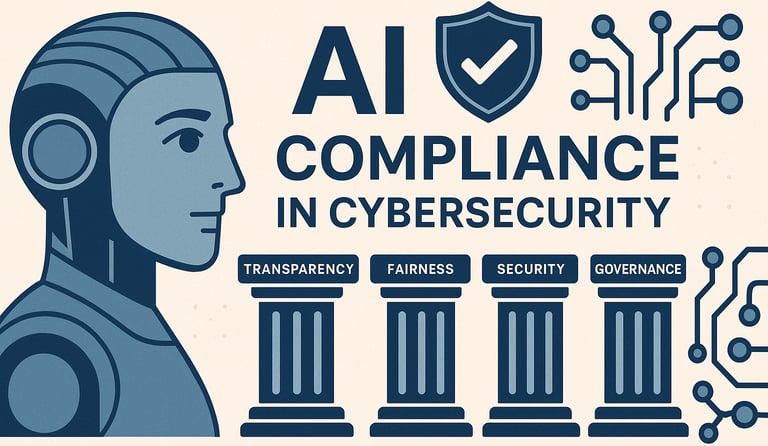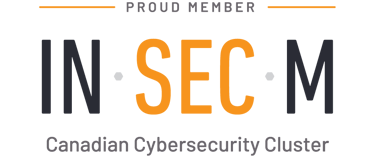AI Compliance in Cybersecurity: Navigating Risks and Responsibilities in 2025
8/6/20251 min read


Understanding AI Compliance in Cybersecurity
As we move towards 2025, the integration of artificial intelligence (AI) in cybersecurity is becoming increasingly prevalent. Organizations are leveraging AI technologies to enhance their security measures and defend against sophisticated cyber threats. However, with the adoption of AI comes a formidable challenge: ensuring compliance with regulatory standards and ethical guidelines. Organizations must navigate the evolving landscape of AI compliance to mitigate risks and uphold their responsibilities.
The Importance of Regulatory Compliance
AI compliance in cybersecurity is not solely a matter of following rules; it is integral to establishing a robust security framework. Regulatory bodies worldwide are implementing stringent guidelines to govern the use of AI technologies, particularly concerning data handling, privacy, and accountability. In 2025, organizations must remain vigilant in adhering to regulations such as the General Data Protection Regulation (GDPR) and the upcoming AI Act proposed by the European Commission, which emphasize transparency and fairness in AI applications.
Navigating Risks and Responsibilities
AI systems can present inherent risks, including biases in decision-making, data breaches, and challenges in accountability. Cybersecurity professionals must be adept at identifying and mitigating these risks while fulfilling their ethical obligations to protect sensitive information. Organizations should prioritize regular audits, comprehensive training, and robust incident response protocols to uphold AI compliance. By fostering a culture of compliance and accountability, businesses can safeguard themselves against potential legal repercussions and reputational damage in the ever-evolving cybersecurity landscape.
Moreover, engaging with stakeholders and fostering collaboration across departments is essential to understanding the multifaceted implications of AI technologies. Developing a governance framework that encompasses all aspects of AI compliance empowers organizations to approach security challenges with a proactive mindset, enabling them to respond effectively to emerging threats.
In conclusion, as we approach 2025, AI compliance in cybersecurity stands as a critical pillar in the fight against cyber threats. Organizations must remain committed to navigating the complex regulatory environment while prioritizing risk management and ethical responsibilities. By establishing a comprehensive compliance strategy, businesses can harness the power of AI to enhance their cybersecurity posture and protect themselves from the ever-evolving landscape of cyber threats.
Location
2600 - 1066 WEST HASTINGS STREET VANCOUVER BC V6E 3X1 CANADA
Contacts
Contact@yali-cybershield.com



